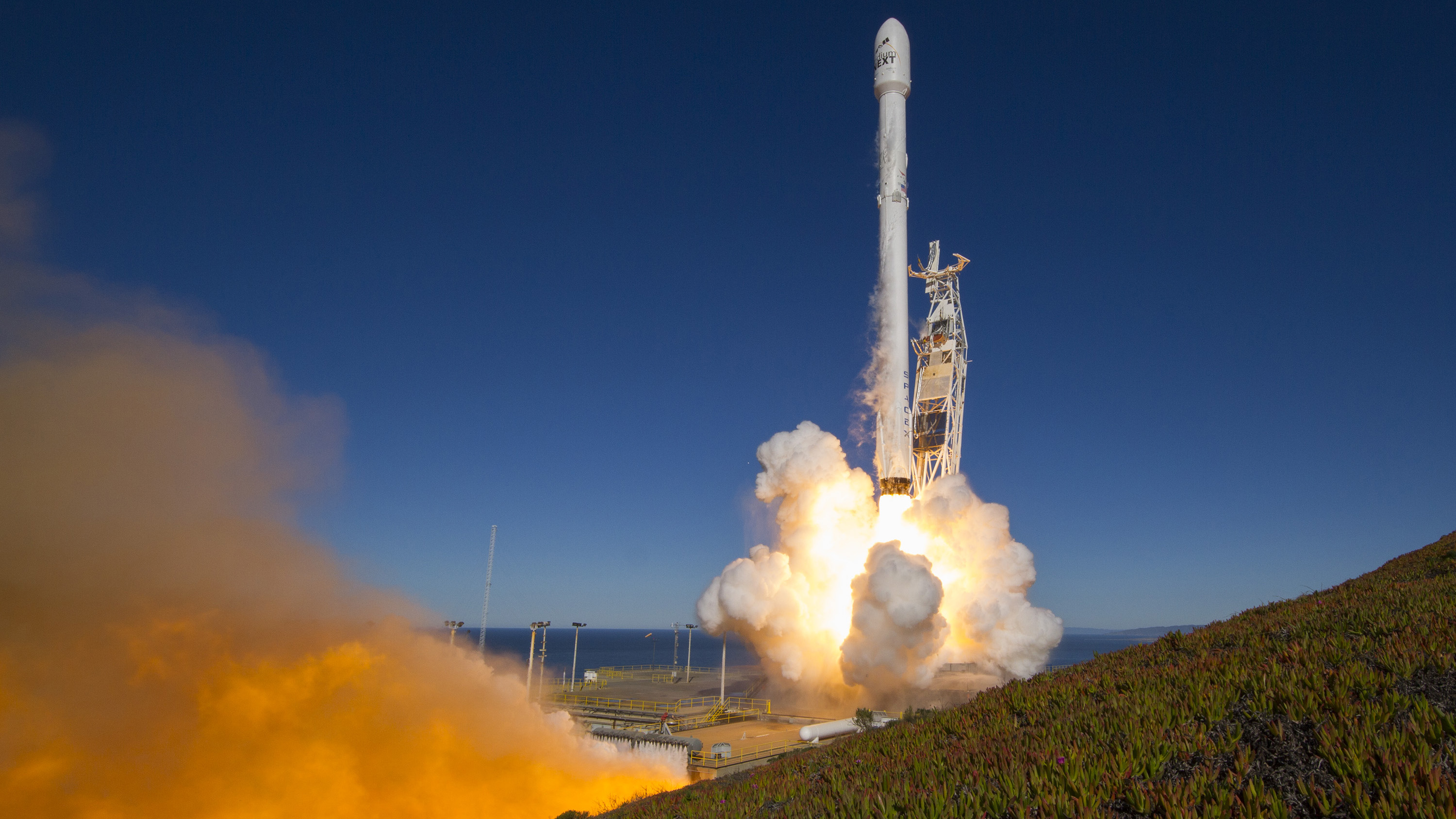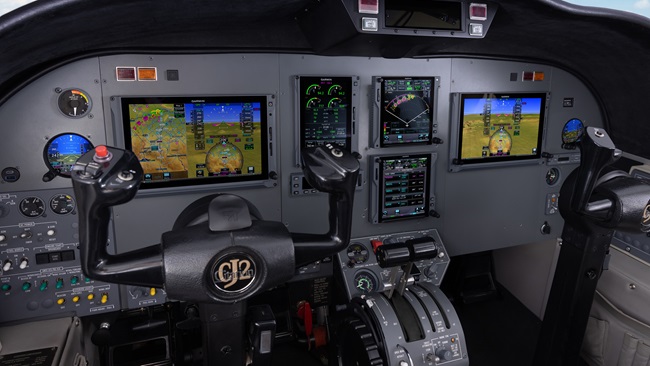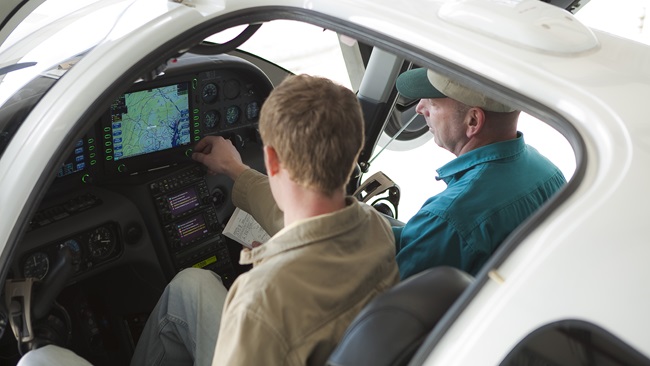First space-based ADS-B satellites in orbit
Launch customer Nav Canada has not set mandate
The first 10 satellites carrying Aireon’s space-based Automatic Dependent Surveillance-Broadcast (ADS-B) system are in orbit. Iridium Communications Inc. is replacing its satellite network with next-generation satellites, and Aireon’s ADS-B payload is aboard the Iridium NEXT satellite constellation. On Jan. 14, a SpaceX Falcon 9 rocket returned to space with the satellites, marking the company’s first successful launch since a September 2016 launch-pad accident destroyed a rocket and its payload.

Aireon said its space-based ADS-B network will transform air traffic management capabilities, providing real-time air traffic surveillance and flight tracking across 100 percent of the globe. Today more than 70 percent of the Earth, including oceanic and remote airspace, has no existing air traffic surveillance, the company said.
Aireon is a joint venture between Iridium Communications, Nav Canada, the Irish Aviation Authority, Italian air traffic services provider ENAV, and Danish ATS provider Naviair. Nav Canada also has signed on as Aireon’s first customer, and plans to implement space-based ADS-B beginning with its busy North Atlantic airspace.
Iridium has partnered with SpaceX for seven launches from California’s Vandenberg Air Force Base over 18 months. All 81 Iridium NEXT satellites—66 operational spacecraft, six on-orbit spares, and nine ground-backup spacecraft—are equipped with the AireonSM payload.
Iridium will test each satellite for approximately 40 to 60 days, then hand off the ADS-B payloads to Aireon. After verifying on-orbit technical specifications, Aireon will rigorously test and validate the space-based ADS-B system for approximately 60 days. As part of this process, Aireon will provide air traffic surveillance data to partners Nav Canada, NATS, ENAV, IAA, and to the FAA’s William J. Hughes Technical Center in Atlantic City, New Jersey.
“Few technologies exist today that by simply reimagining their implementation can have such a dramatic, positive impact on safety, efficiency and the environment,” said Neil Wilson, Nav Canada president and CEO. “Aireon is poised to revolutionize air traffic management over much of the planet, and we’re looking forward to an aviation industry where everyone will reap the benefits of 100-percent global air traffic surveillance.”
Although Canada currently does not have any mandate for ADS-B Out, operators who voluntarily equip with 1090ES ADS-B can receive a higher level of service at Flight Level 250 and above in the Hudson Bay region and nearby oceanic airspace. Mexico will require 1090ES beginning Jan. 1, 2020, in Class A, B, C, E above 10,000 feet msl, and other specified airspace; the requirement takes effect earlier in some airspace over the Gulf of Mexico. A summary of international ADS-B requirements is available online.
Aireon anticipates that its space-based ADS-B service will be operational in 2018.



